Egyptian god Apep, Egyptian wadjet mighty uraeus god, Egyptian mythology
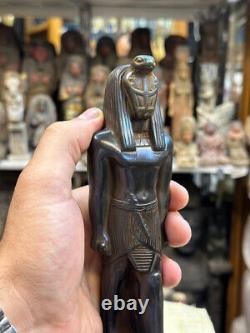



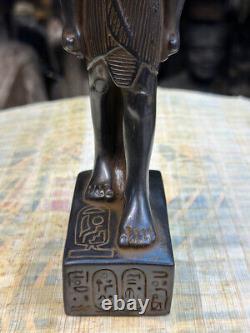
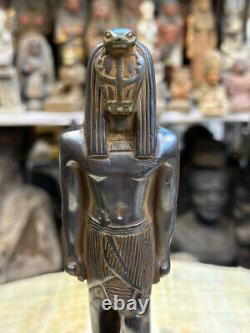
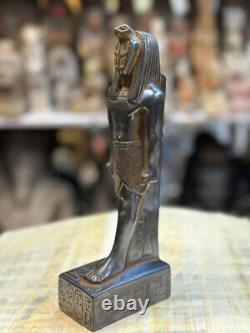
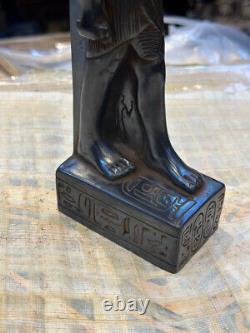
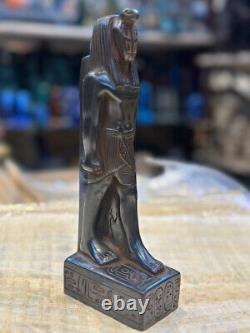



: Egyptian wadjet statue made from solid stone. : Height: 23 CM Width: 5.5 CM Depth: 7 CM?????????????? : In ancient Egyptian mythology, the Wadjet snake, also known as the Uraeus, was a potent and revered symbol associated with royalty, protection, and divine authority. It represented the protective cobra goddess Wadjet, who was one of the earliest and most important deities in Egyptian religion.
The Wadjet snake was depicted as a rearing cobra with an upright posture and a flared hood. Its image was often incorporated into headdresses, crowns, and other regal insignia worn by pharaohs and other high-ranking individuals.
The Uraeus was typically positioned at the front of the headpiece, just above the forehead, as a symbol of the pharaoh's authority and divine power. The Wadjet snake's association with royalty and protection stemmed from the mythology surrounding the goddess Wadjet. She was considered the patron deity of Lower Egypt and was believed to protect the pharaoh and the kingdom from malevolent forces.
The Uraeus on the pharaoh's crown served as a powerful amulet, warding off enemies and evoking the goddess's protective powers. The Wadjet snake was also closely linked to the concept of the "Eye of Ra" or the "Eye of Horus, " representing the sun and its powerful, protective gaze. It was believed that the Uraeus, as an embodiment of Wadjet, was an extension of the sun god's watchful eye, safeguarding the pharaoh and the kingdom from chaos and disorder. Throughout Egyptian history, the Wadjet snake became an integral part of the royal iconography and symbolism. It was present in the art, architecture, and regalia associated with pharaohs, serving as a visual representation of their divine right to rule and their connection to the gods. The significance of the Wadjet snake extended beyond the realm of royalty. It was also believed to offer protection to ordinary individuals and was often depicted on amulets and talismans worn by the general population.These objects were thought to possess the cobra goddess's power to ward off evil and bring good fortune. Overall, the Wadjet snake, or Uraeus, held a prominent place in ancient Egyptian culture as a symbol of royalty, protection, and divine authority. Its association with the goddess Wadjet and its incorporation into the regal regalia emphasized the pharaoh's connection to the gods and their role as the protectors and rulers of Egypt. Rest assured, we will handle the case promptly and professionally, ensuring a satisfactory resolution.


